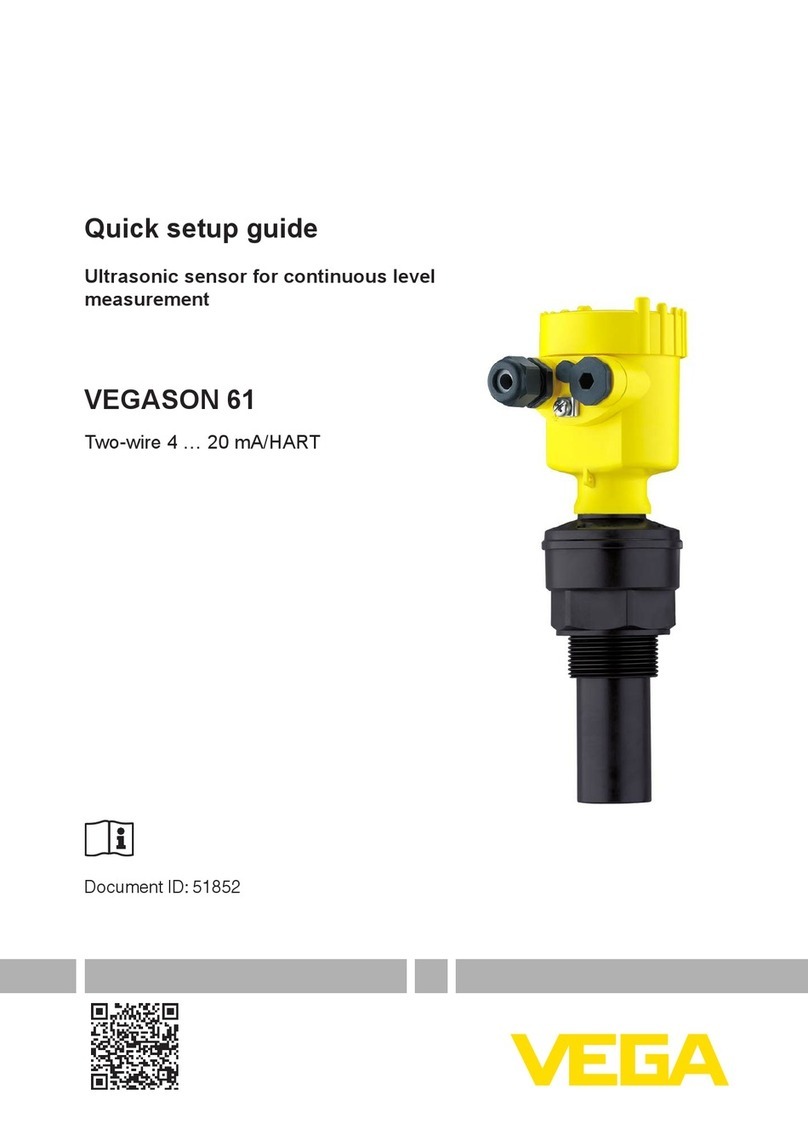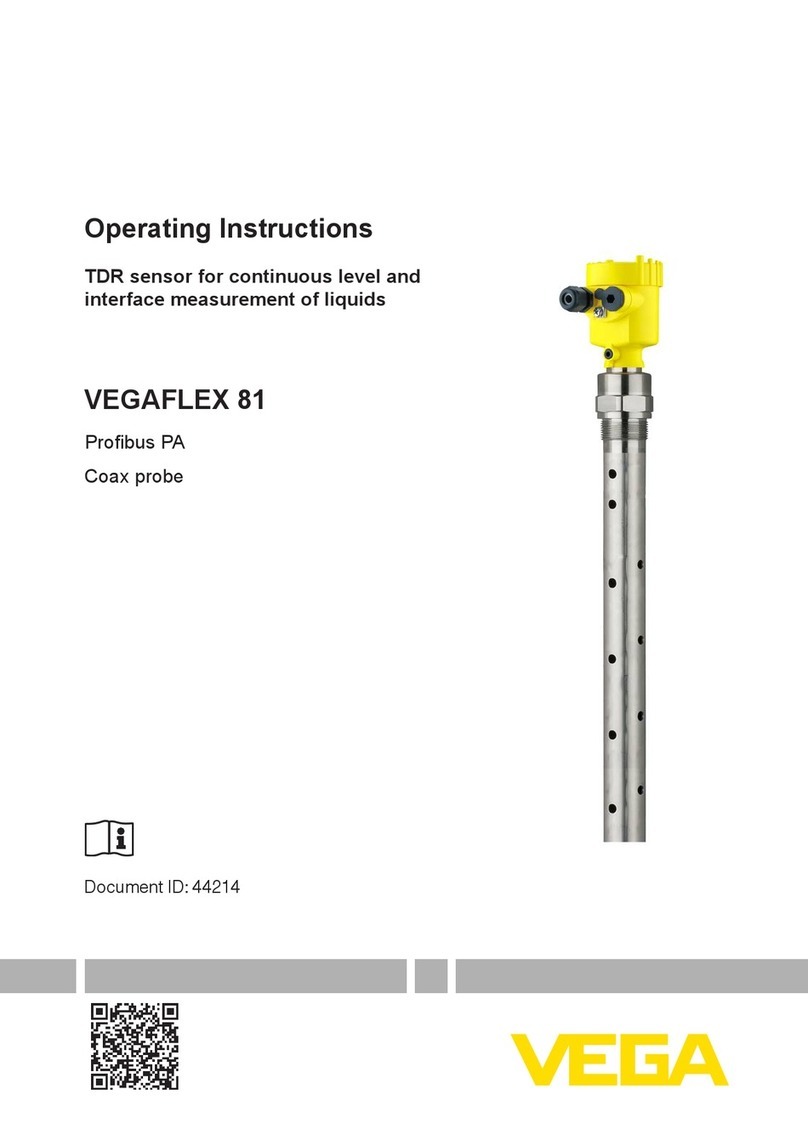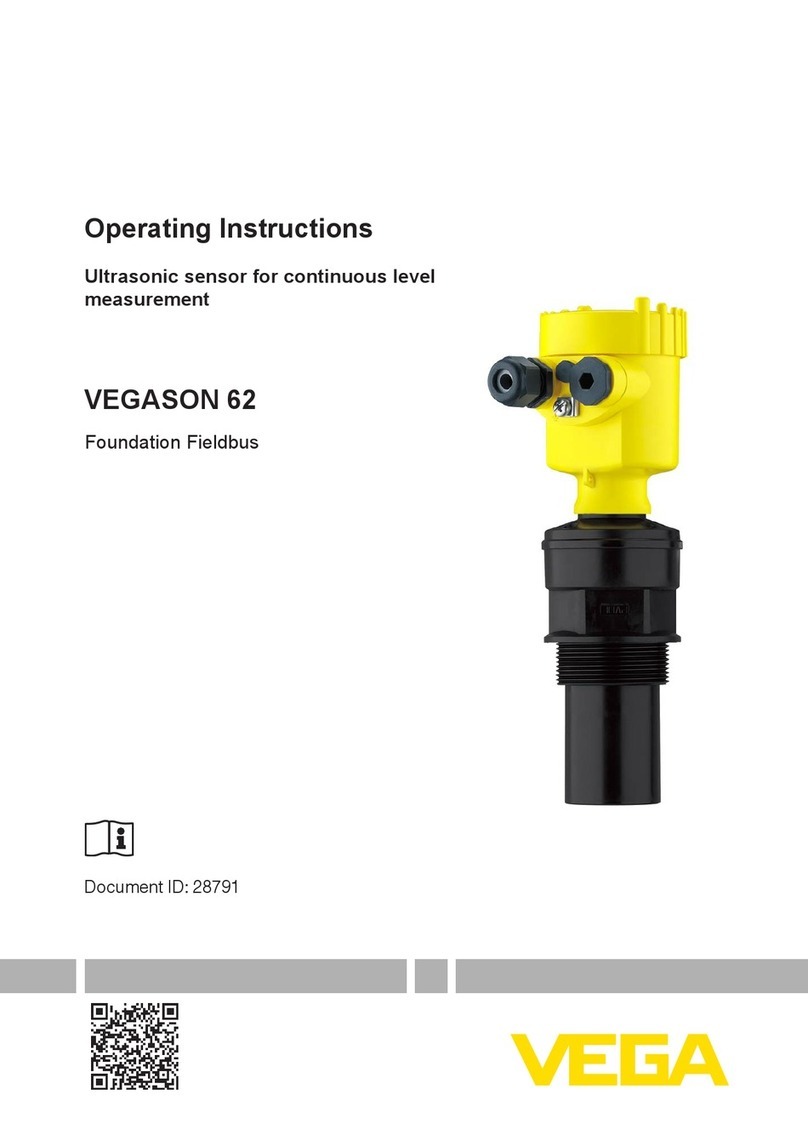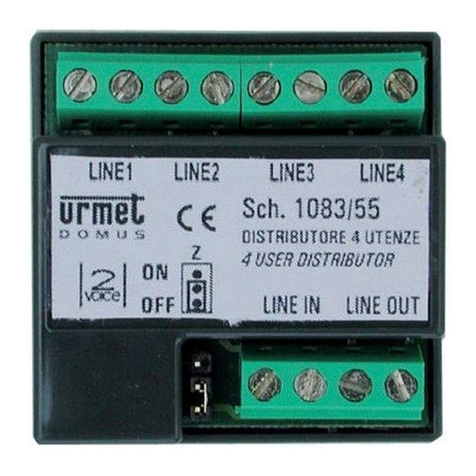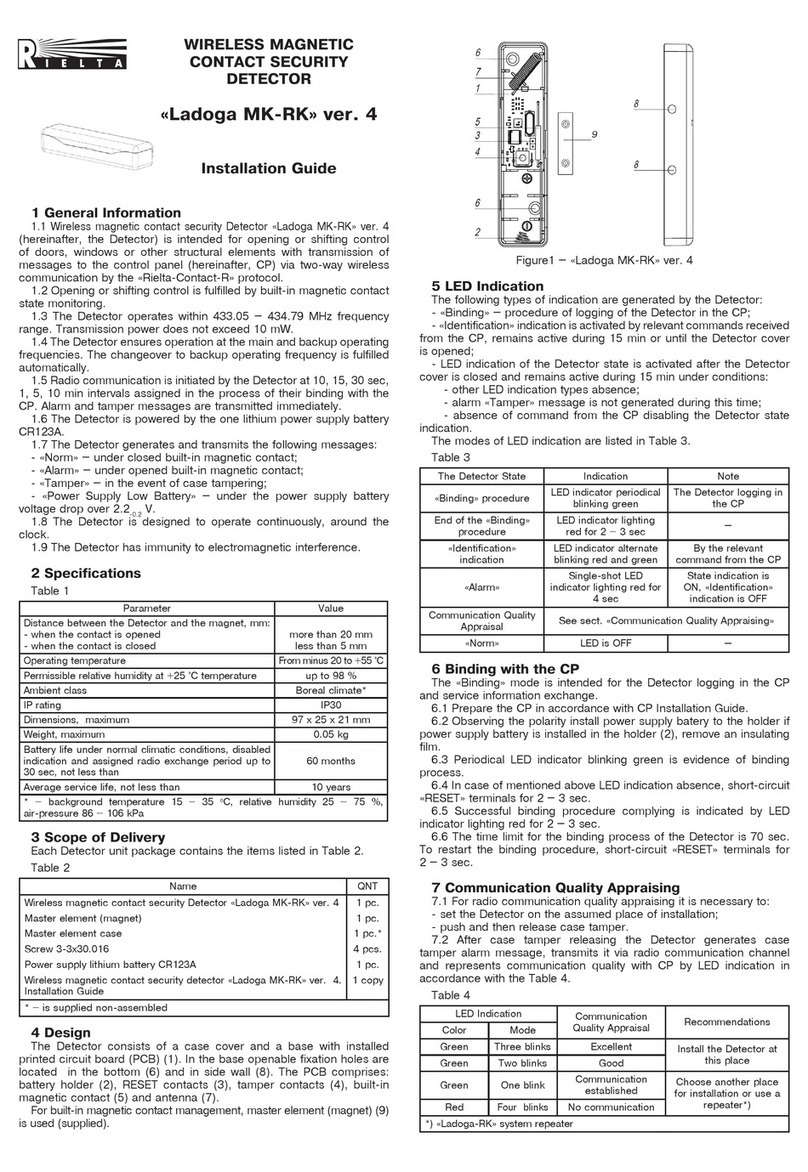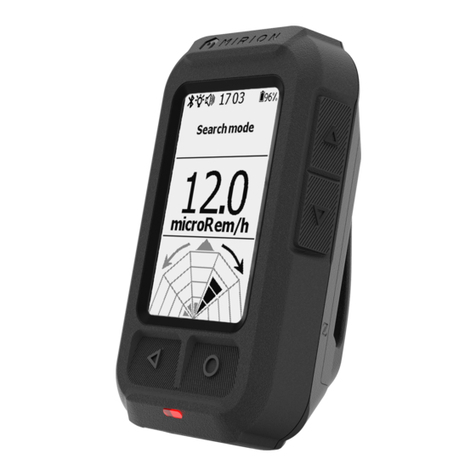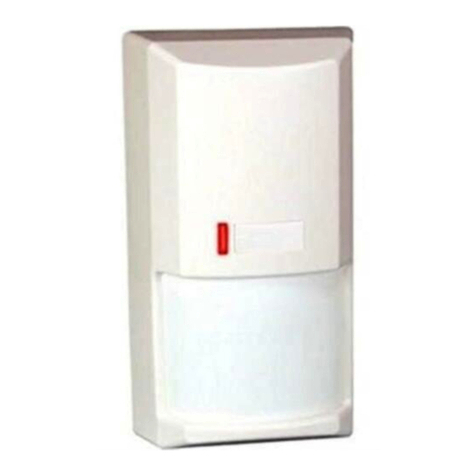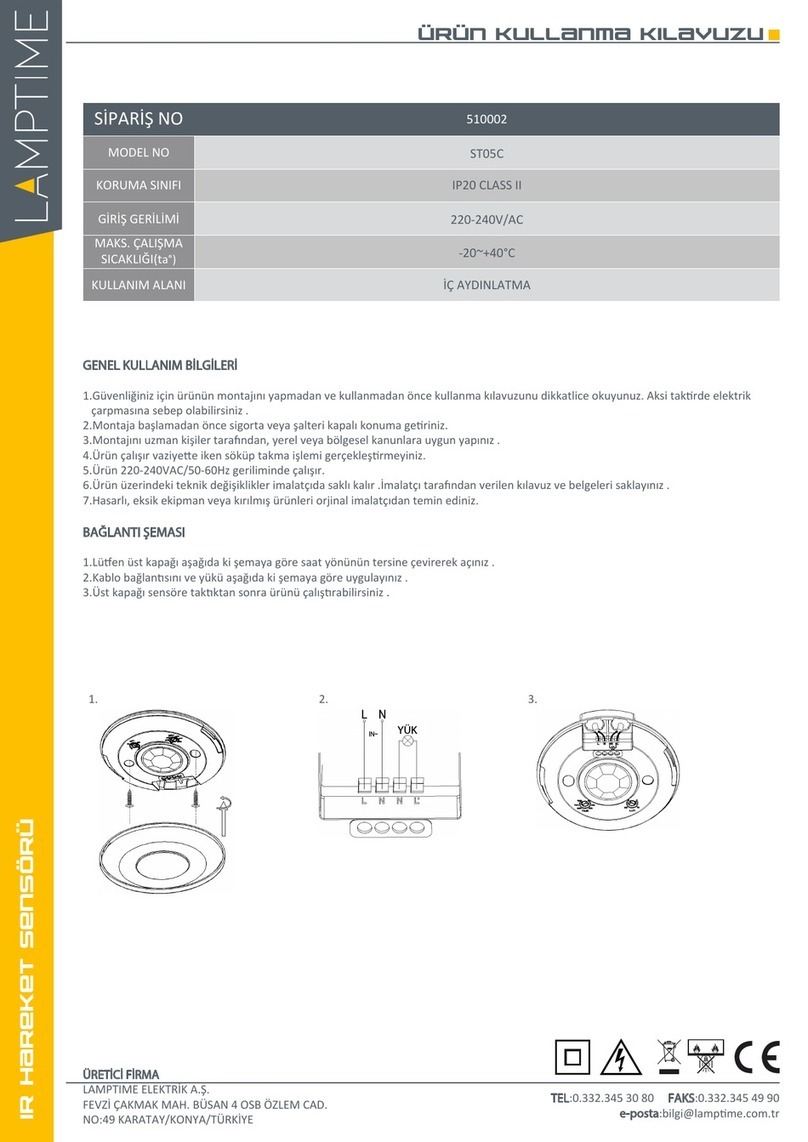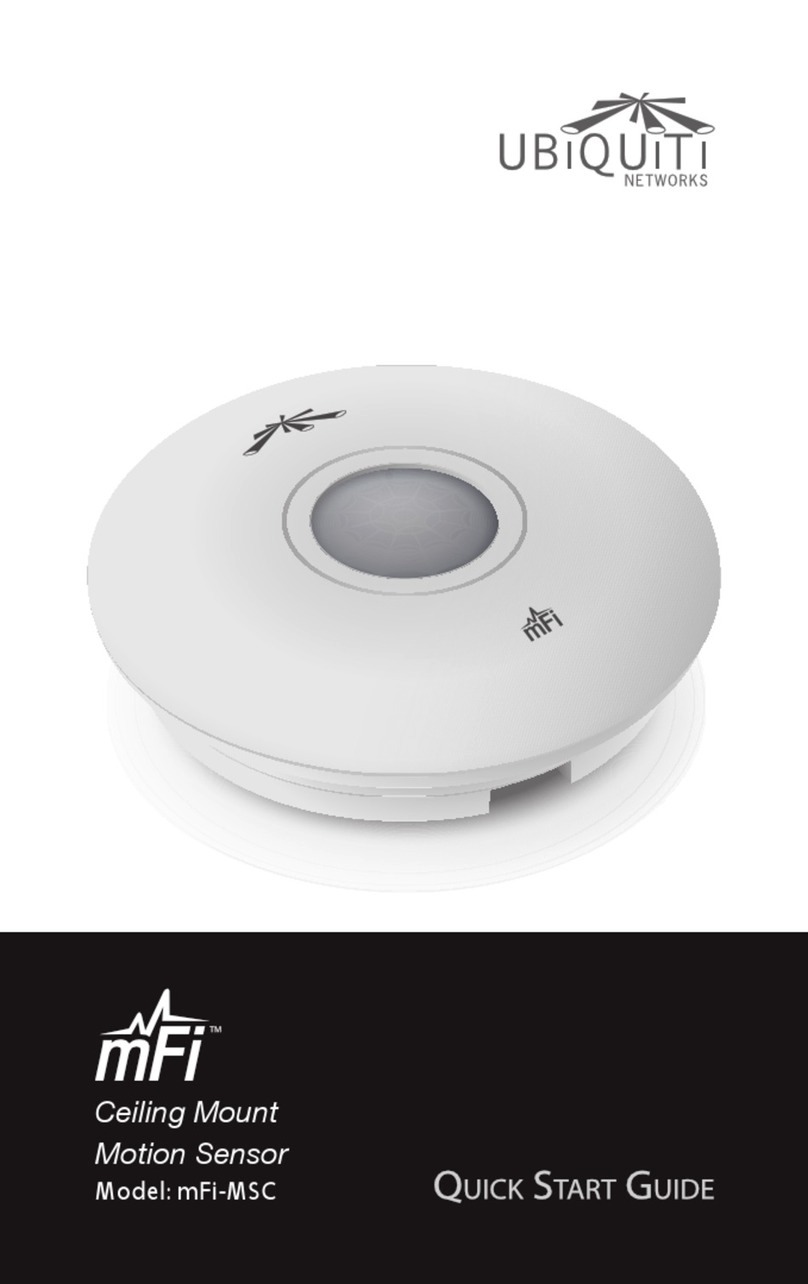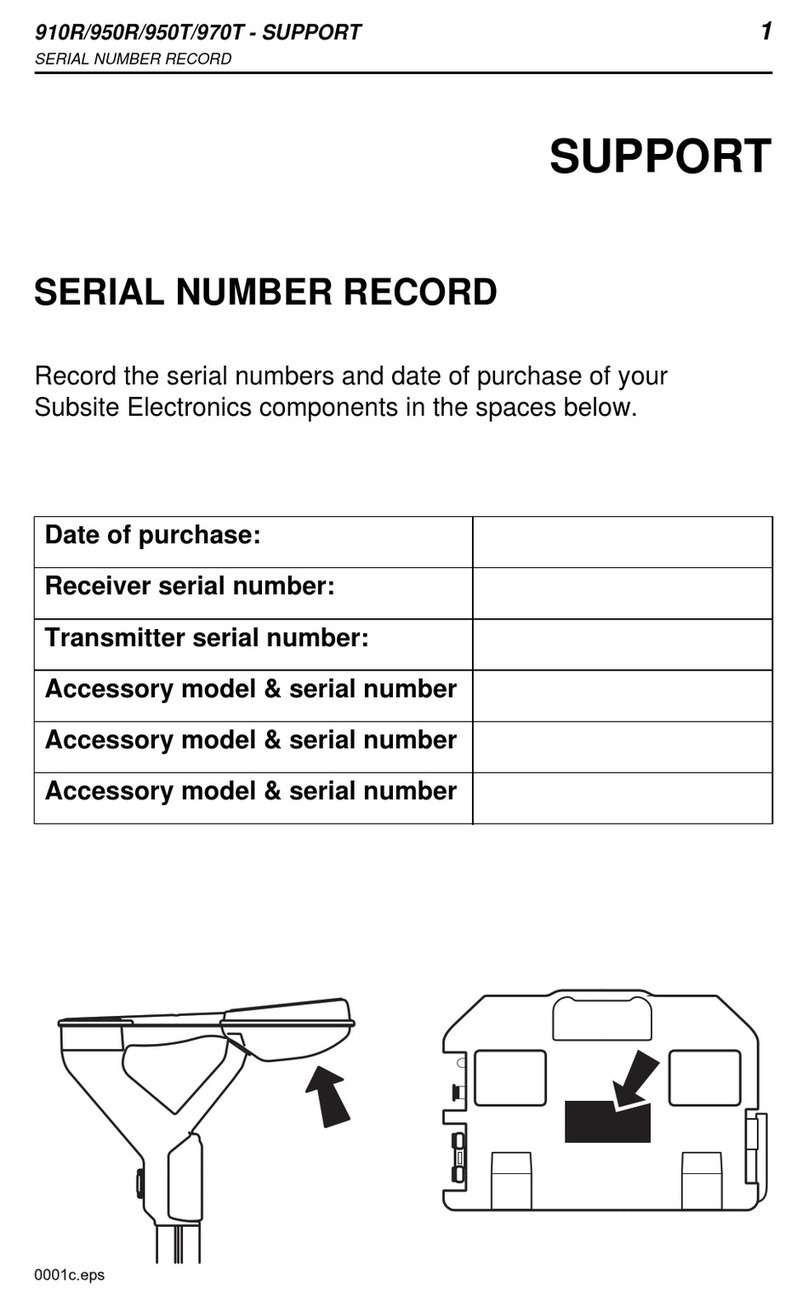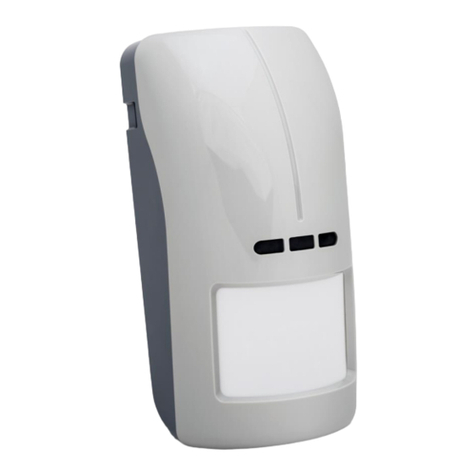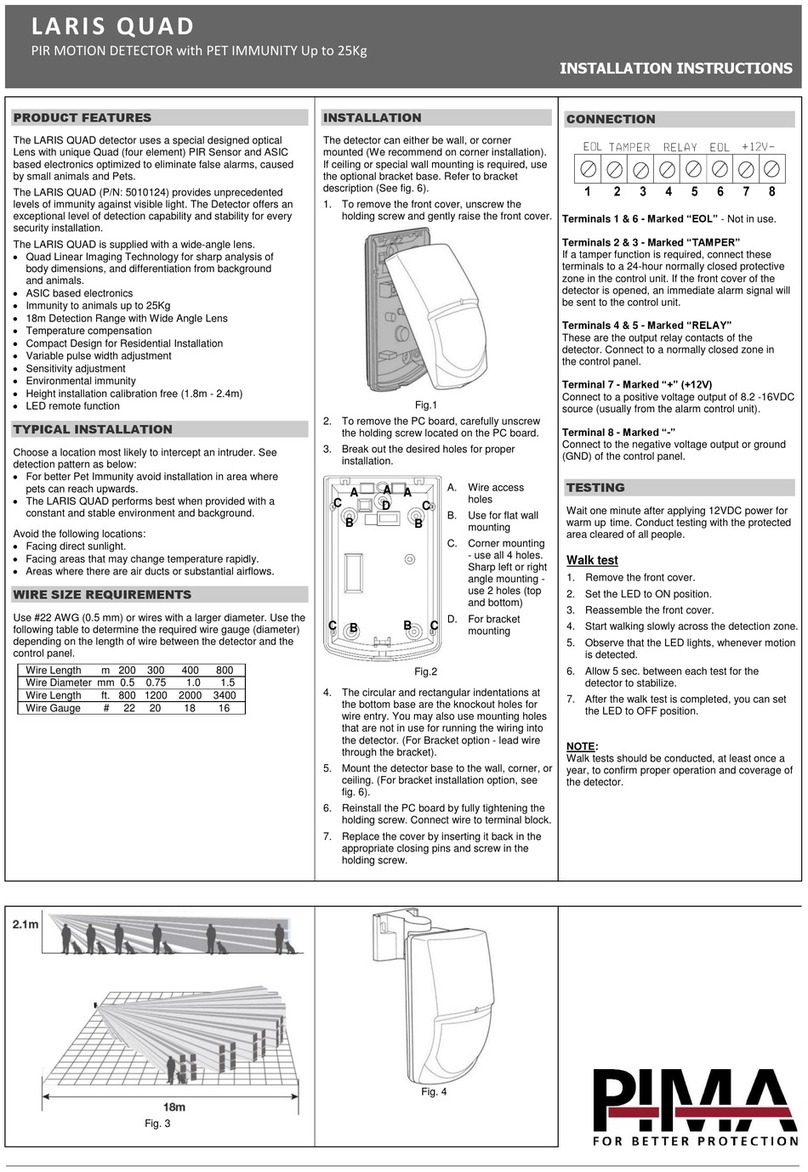
4 DSGH Installation and Operation Guide
Power . . . . . . . . . . . . . . . . . . . . . . . . . . . . . . . . . . . . . . . . . . . . . . . . . . . . . . . . . . 35
Switch for CE compliance . . . . . . . . . . . . . . . . . . . . . . . . . . . . . . . . . . . . . . . . . . 35
Output current loop . . . . . . . . . . . . . . . . . . . . . . . . . . . . . . . . . . . . . . . . . . . . . . . 35
Relay . . . . . . . . . . . . . . . . . . . . . . . . . . . . . . . . . . . . . .36
RS-485 . . . . . . . . . . . . . . . . . . . . . . . . . . . . . . . . . . . . .36
Communication . . . . . . . . . . . . . . . . . . . . . . . . . . . . . . . . . . . . . . . . . . . . . . . . . . 38
Process alarm override switch . . . . . . . . . . . . . . . . . . . . . . . . . . . . . . . . . . . . . . 38
Conduit . . . . . . . . . . . . . . . . . . . . . . . . . . . . . . . . . . . . . . . . . . . . . . . . . . . . . . . . . 38
Commissioning the gauge . . . . . . . . . . . . . . . . . . . . . . . . . . 38
Field service commissioning call checklist . . . . . . . . . . . . . . . . . . . . . . . . . . . . . 39
Calibration . . . . . . . . . . . . . . . . . . . . . . . . . . . . . . . . . . . .41
Current loop (analog output) calibration . . . . . . . . . . . . . . . . . . . 41
Measuring the current loop output . . . . . . . . . . . . . . . . . . . . . . . . . . . . . . . . . . . 42
Choosing the linearizer type . . . . . . . . . . . . . . . . . . . . . . . . . 44
Checking the gauge repeatability . . . . . . . . . . . . . . . . . . . . . . . 46
Calibration . . . . . . . . . . . . . . . . . . . . . . . . . . . . . . . . . . . 47
1 Setting the low density and collecting Cal Low data . . . . . . . . . . .47
2 Setting the high density and collecting Cal High data . . . . . . . . . . .49
3 Calculating the calibration . . . . . . . . . . . . . . . . . . . . . . . . . .50
Repeating the calibration . . . . . . . . . . . . . . . . . . . . . . . . . . . 50
Periodic standardization . . . . . . . . . . . . . . . . . . . . . . . . . . . . . . . . . . . . . . . . . . . 50
Standardization reminder . . . . . . . . . . . . . . . . . . . . . . . . . . . . . . . . . . . . . . . . . . 51
Standardization on water . . . . . . . . . . . . . . . . . . . . . . . . . . .51
Standardization on process . . . . . . . . . . . . . . . . . . . . . . . . . .52
Standardization on absorber plates . . . . . . . . . . . . . . . . . . . . .52
Advanced functions . . . . . . . . . . . . . . . . . . . . . . . . . . . .55
Process chain . . . . . . . . . . . . . . . . . . . . . . . . . . . . . . . . . 55
Gauge Information . . . . . . . . . . . . . . . . . . . . . . . . . . . . . . . 58
Process Variables tab . . . . . . . . . . . . . . . . . . . . . . . . . . . . . . . . . . . . . . . . . . . . . 58
Gauge Info tab . . . . . . . . . . . . . . . . . . . . . . . . . . . . . . . . . . . . . . . . . . . . . . . . . . . 59
Min/Max History tab . . . . . . . . . . . . . . . . . . . . . . . . . . . . . . . . . . . . . . . . . . . . . . . 60
New hardware or corrupt EEPROM . . . . . . . . . . . . . . . . . . . . . 61
New Hardware tab . . . . . . . . . . . . . . . . . . . . . . . . . . . . . . . . . . . . . . . . . . . . . . . . 62
Responding to the New hardware found message . . . . . . . . . . . . . . . . . . . . . . 62
When new hardware is installed . . . . . . . . . . . . . . . . . . . . . . .62
When new hardware is not installed . . . . . . . . . . . . . . . . . . . . .62
Test modes . . . . . . . . . . . . . . . . . . . . . . . . . . . . . . . . . . . 63
Test tab . . . . . . . . . . . . . . . . . . . . . . . . . . . . . . . . . . . . . . . . . . . . . . . . . . . . . . . . . 63
Current Loop Test (milliamp output) . . . . . . . . . . . . . . . . . . . . . . . . . . . . . . . . . . 63
Sensor Test . . . . . . . . . . . . . . . . . . . . . . . . . . . . . . . . . . . . . . . . . . . . . . . . . . . . . 64
Auxiliary Input Test . . . . . . . . . . . . . . . . . . . . . . . . . . . . . . . . . . . . . . . . . . . . . . . . 65
